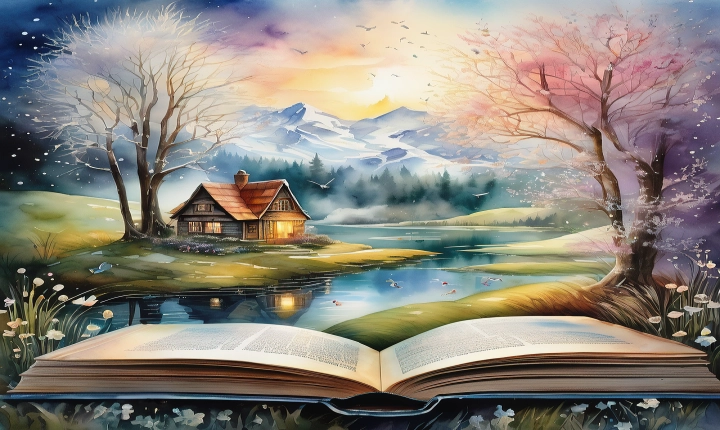Creating an AI-generated song can be a fascinating and rewarding experience. While artificial intelligence might not possess the emotional depth and personal experience of human songwriters, it can still produce some truly unique and interesting compositions. Here’s a step-by-step guide on how to make an AI song.
Step 1: Choose the AI Tool
There are various AI tools and platforms available that can assist in generating music. You can explore options like Google’s Magenta project, AIVA, Amper Music, or Jukedeck. These platforms use machine learning algorithms to analyze patterns in existing music and generate original compositions.
Step 2: Input Style and Parameters
Once you’ve chosen your AI tool, you can input parameters such as the style, mood, tempo, and instrumentation for your desired song. Whether you want a pop song, a classical piece, or an experimental track, the AI will use this information to generate the music.
Step 3: Refine the Composition
After the AI generates a musical composition based on your inputs, you can listen to the result and make adjustments. You can modify the melody, harmonies, rhythm, and other elements to suit your preferences. This step allows you to fine-tune the song so that it aligns more closely with your vision.
Step 4: Add Lyrics
While AI-generated lyrics might not have the emotional resonance of human-written ones, you can still experiment with generating lyrics using AI tools like OpenAI’s GPT-3. These tools can craft lyrics based on prompts and themes you provide, and you can further refine the results to better express your intended message.
Step 5: Produce the Song
Once you have the musical composition and the lyrics, it’s time to produce the song. You can use digital audio workstations (DAWs) like Ableton Live, Logic Pro, or FL Studio to arrange the music, record vocals, add effects, and mix and master the final track.
Step 6: Share and Gather Feedback
After producing the AI-generated song, share it with friends, family, and peers to gather feedback. This will help you understand how the song is perceived and identify areas for improvement. You can use this feedback to refine the song further or to inform future AI-generated compositions.
Creating an AI-generated song is a compelling way to explore the intersection of technology and creativity. While the process might differ from traditional songwriting, the result can be a thought-provoking and innovative piece of music. As AI technology continues to advance, the possibilities for AI-generated music are only limited by our imagination.
